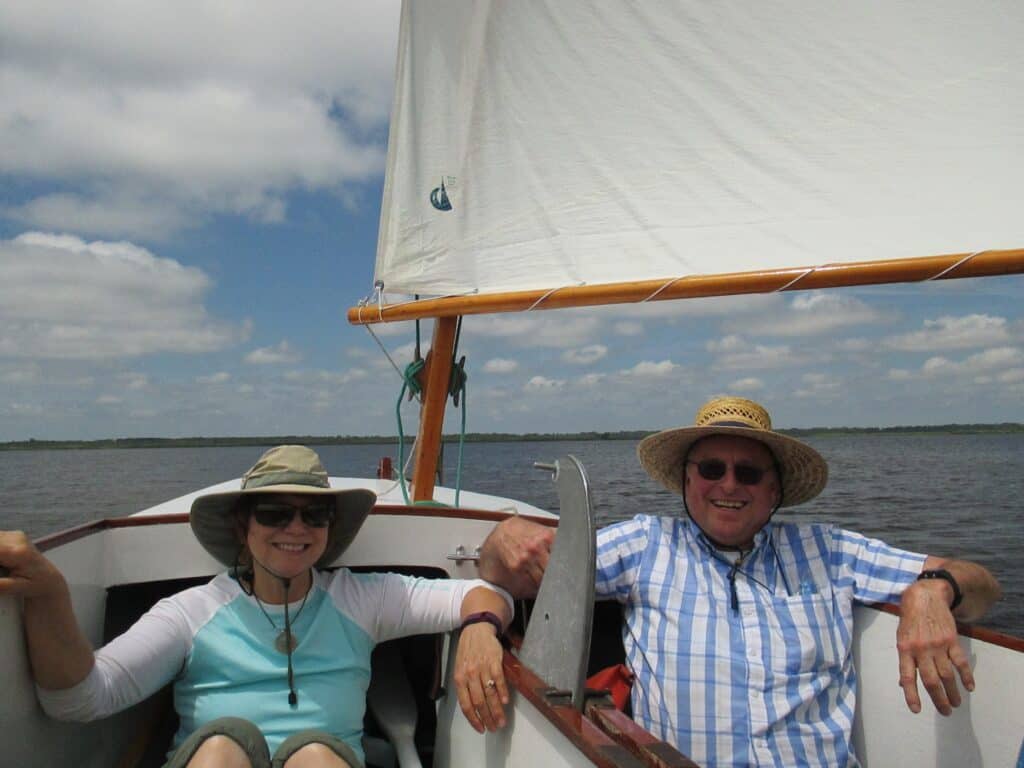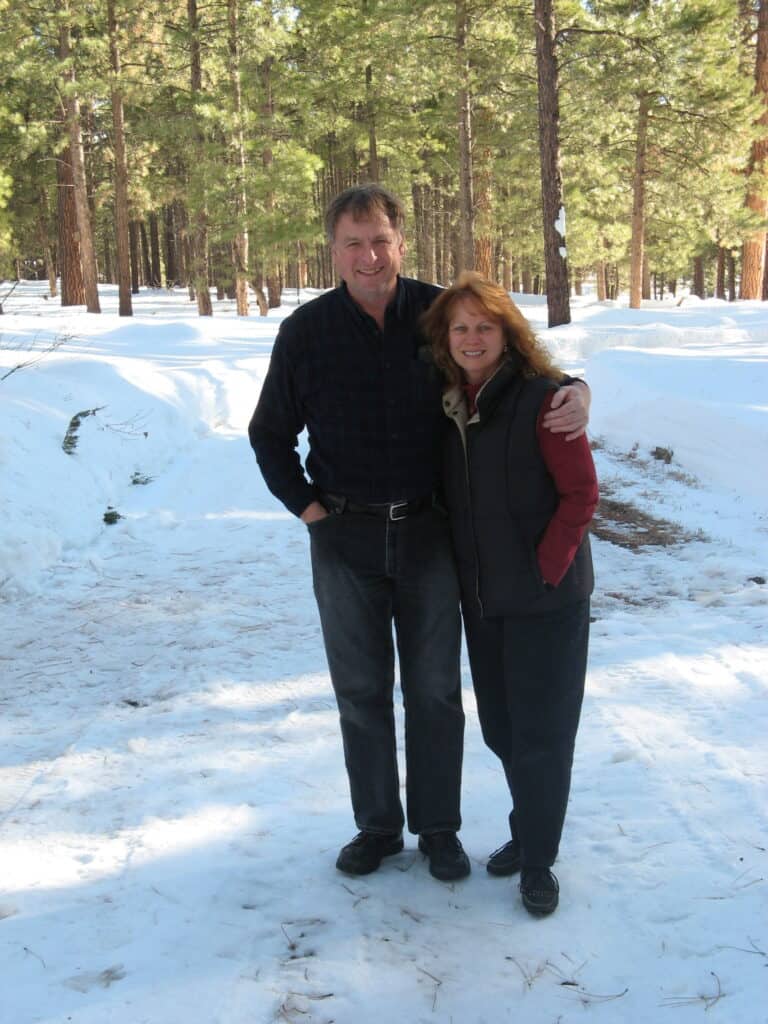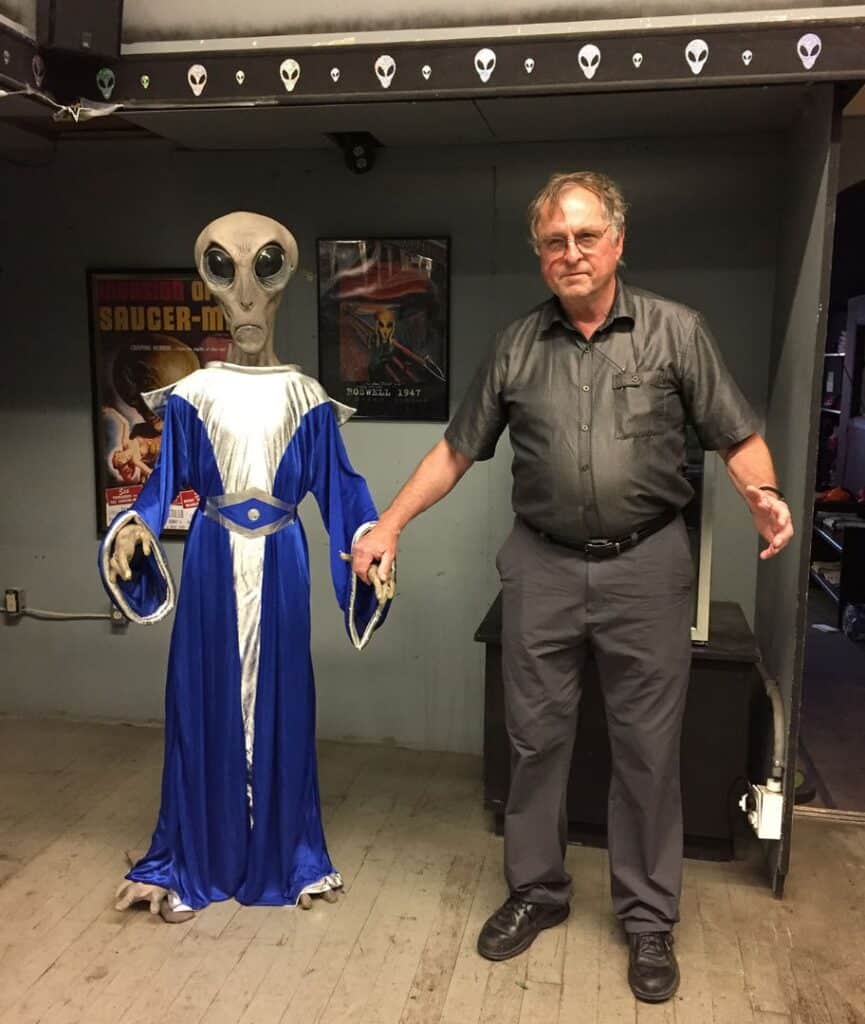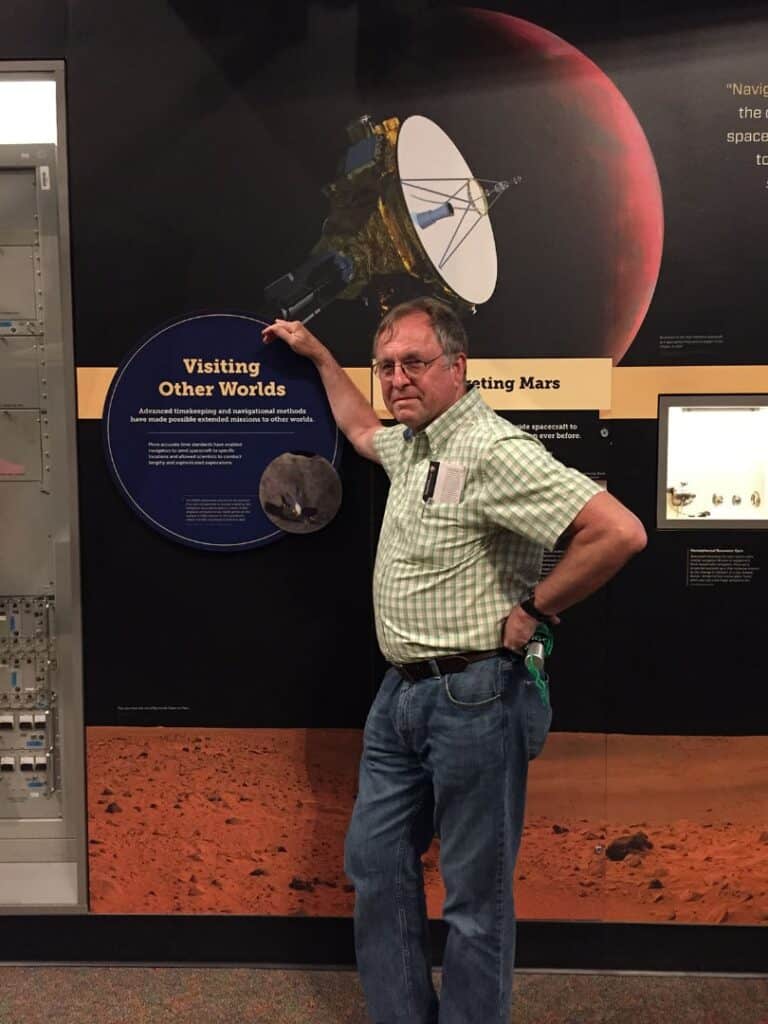Village of Oak Creek resident Jan Taylor watched some of the remains of her late husband Anthony “Tony” Hollis Taylor, who died on Aug. 7, 2019, take off for the moon aboard the Peregrine lunar lander, which launched from Cape Canaveral, Fla., on Monday, Jan. 8.
The Peregrine spacecraft, owned by the American company Astrobotic Technology, aimed to be the first United States spacecraft to carry out a soft landing on the moon since the termination of the Apollo program in 1972. Along with its cargo of scientific instruments intended to measure the environment of the lunar surface, the craft is also carrying some of the cremated remains of Taylor and of science fiction writer Arthur C. Clarke, along with several other dozen individuals, that were provided by the companies Celestis Memorial Spaceflights and Elysium Space.
Video courtesy Jan Taylor
For Taylor, the posthumous launch was the fulfillment of a lifelong desire and a coda to his professional career, in which “he was the first person in history to navigate spacecraft to all planets in the solar system,” as his August 2019 obituary noted.
Jan Taylor described witnessing the launch as prompting a feeling of closure.
“I always wanted to see a launch,” Jan Taylor said. “As a child who grew up in [Los Angeles], my family would wake up early, early in the morning for every launch and watch it on TV. So I was always interested in space — as was Tony. That was my first launch [on Jan. 8] but it wasn’t supposed to have been. We were going to have VIP seating to see the launch of the rocket taking Galileo up. But a few months earlier [in Jan. 28, 1986], Challenger blew up. So everything was delayed and when it was rescheduled, we couldn’t go. He was involved with another fly-by and I was working.”

“Tony received a BA from the U.S. Air Force Academy and an MS in physics from the University of Arizona,” Taylor’s biography on the Celestis website states. “He was a fighter pilot for the U.S. Air Force in Vietnam, flying 150 missions in the F-4C Phantom, the inspiration for his novel ‘Counters,’ followed by being a pilot instructor. While in Vietnam, he served as an unofficial war correspondent to the Rock Hill Evening Herald and subsequently received the Distinguished Flying Cross. He was an interplanetary spacecraft navigator for the Jet Propulsion Laboratory.”
That biography also sounds very similar to the profile on a VHS dating service that Jan Taylor first came across in Los Angeles in 1979, when she was working as an administrator for the Los Angeles County Office of Education.

“The way [the dating service worked] was you filled out a written profile,” Jan Taylor said. ”And you looked through binders of photos according to the first initial of the first name. If somebody interests you, pull out a VHS videotape. There’s five-minute interviews based on the questions that you answered, and everything about him I liked. The fact that he worked at JPL. I’ve always been a space nut and he was also a writer, and I am a great reader. I started out in college as an English major, so that was very attractive to me, and he was very handsome.”

Taylor was working with the Deep Space Network when the couple met and married seven months later. He then had an opportunity to go into spacecraft navigation at JPL and eventually became the chief navigator for the Voyager II and Cassini spacecraft. He also was on the ground floor of the Champollion project that was planned to visit an asteroid until Congress canceled the program.

“After he retired from JPL, he moved to KinetX,” Jan Taylor explained. “Also doing interplanetary spacecraft navigation, he was the chief navigator for the Messenger project, which went to Mercury, and New Horizons, which went to Pluto [in] 2015. He was the first and I believe still the only person on earth to have navigated spacecraft to all the planets. In his spare time, he wrote fiction and science fiction; his two novels, ‘Counters’ and ‘The Darkest Side of Saturn’ won awards. ‘The Darkest Side of Saturn’ won the 2015 Arizona Book of the Year Award through the Arizona Authors’ Association, and he was working on a final book when he got sick and he never was able to complete that before he passed away.”
“Singular,” Taylor’s unfinished book, was intended to deal with transplanting human intelligence from one body to another. However Jan Taylor said that her husband never let her read first drafts “because I took courses in English criticism. He wanted to complete a second draft before he even let me read it,” she said.

Taylor’s last wish was to have his ashes sent to the moon, but Jan Taylor didn’t think it would be possible. She wrote two letters to Elon Musk about it, but she never heard back. However, while putting together his celebration of life in May 2020, she was put into contact with the CEO of Celestis, Charles Chafer, by a former coworker of Taylor’s at JPL, and was able to arrange a lunar passage for Tony’s ashes.
Shortly after launch, the Peregrine lander experienced a propellant leak and the moon landing has since been scrubbed.

“Working with NASA, we received inputs from the space community and the U.S. government on the most safe and responsible course of action to end Peregrine’s mission,” Astrobiotic said in a Sunday, Jan. 14 press release. “The recommendation we have received is to let the spacecraft burn up during reentry in earth’s atmosphere. Since this is a commercial mission, the final decision of Peregrine’s final flight path is in our hands. Ultimately, we must balance our own desire to extend Peregrine’s life, operate payloads and learn more about the spacecraft with the risk that our damaged spacecraft could cause a problem in cislunar space. As such, we have made the difficult decision to maintain the current spacecraft’s trajectory to reenter the earth’s atmosphere.”
Jan Taylor said that her emotions have swung from deep sadness upon being informed of the craft’s impending reentry to elation following her receipt of an email from Celestis President Colby Youngblood that “we are offering all Tranquility clients a second opportunity for a lunar landing, at no additional cost.”
Astrobiotic has not released an estimate of the date and time at which the Peregrine lander is expected to reenter the earth’s atmosphere. The company and NASA will hold a joint press conference at noon, eastern time, on Thursday, Jan. 18.



